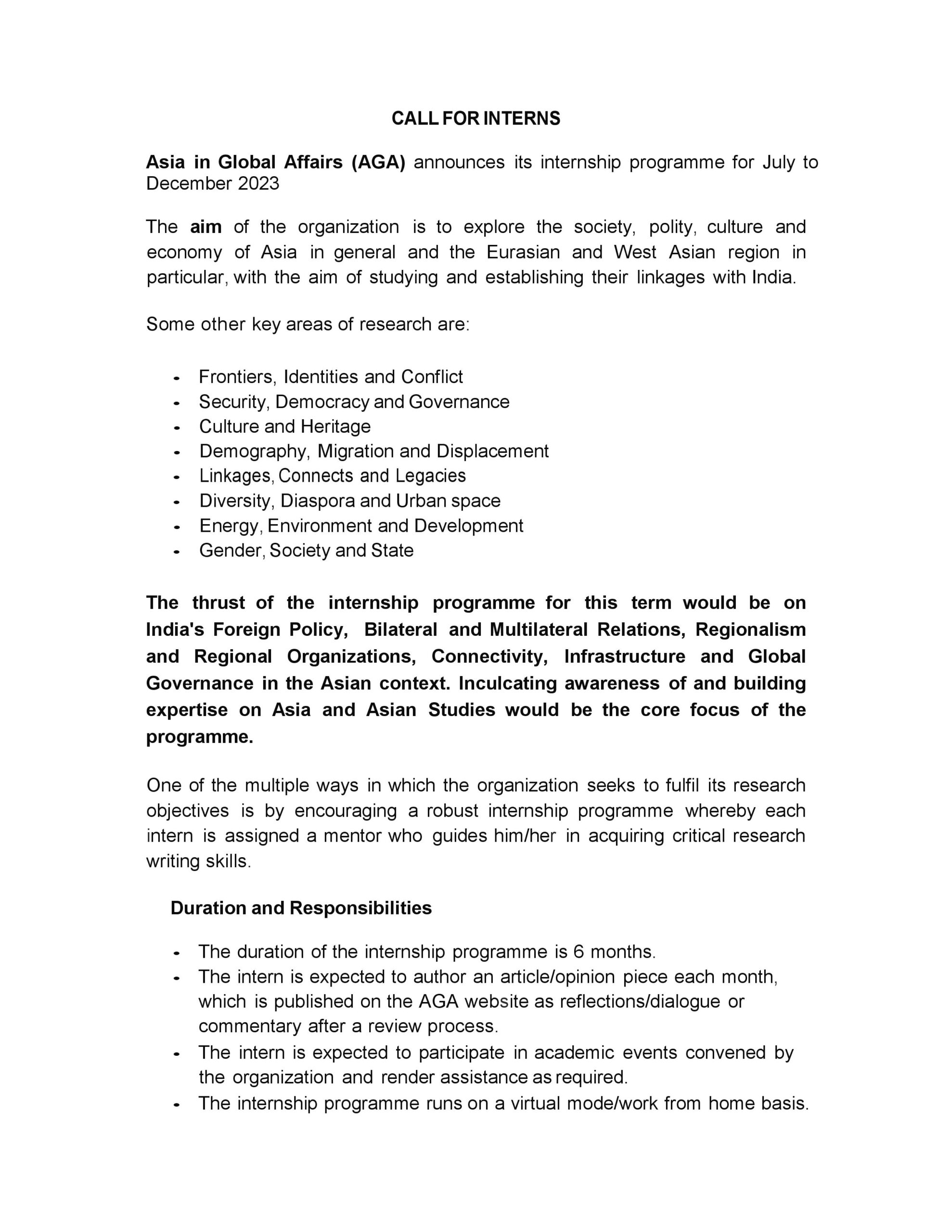Nina Mukerjee Furstenau is a journalist, book author and a current 2018-19 U.S. Fulbright-Nehru Global Scholar in Kolkata researching her upcoming book, ‘Green Chili and Other Imposters’ based on the heritage foods of Bengal. Her research interests include food history and identity, food systems and hunger, and the flavours of place. She is the author of three books: ‘Tasty! Mozambique’, ‘Biting Through the Skin: An Indian Kitchen in America’s Heartland’ and ‘Savour Missouri: River Hills Country Food and Wine. She is the editor for the book series, American Foodstory, at the University of Iowa Press, former director of food systems communication at the University of Missouri’s Science and Agricultural Journalism Program, and adjunct faculty at the Missouri School of Journalism. During her tenure at University of Missouri, she established the curriculum for the Food and Wine Journalism program and received the University’s Teaching Excellence Award. She has served as socio-economic research project manager for the USAID and Mcknight Foundation Climate Resilient Beans Innovation Lab and the USAID Soybean Innovation Lab in Mozambique and Ghana from 2013-2018.
Our session with her on 23rd November was a very interesting one, which ended too soon for our liking, she warmed us up by asking us about our comfort foods and told us that hers were of two kinds one was Bengali style egg curry preferably made by her mother and the other was Scallop Potatoes, a very light American dish. She started her session by stating that she looks at food as a lens to culture and focused on how to write about the culture and heritage of a place keeping food at the centre of observation. She states how food can be used to determine likenesses and differences among us and can even be used in a political context to showdomination. At the “gut level” food is a very important thing, every important event revolves around food, and when we talk about it we talk about history, movements of population around the globe, economy, agricultural policy, ecology, and conservation, almost everything important to humanity.
She says a journalist when writing a food story, related to a community, should be a very attentive listener and give it a lot of respect because it is something that not only concerns the ‘gut’ but has a strong connection to the ‘heart’ of the community. When someone comes to an interview they bring with them a lot of information and history so we have to carefully distil the facts through a non biased perspective and write it in such a way that it engages all the senses of the audience,which are universal then we can engage the audience despite their differences. The entire orientationof food of a region can change with small increments like change of soil type, the availability of packaged foods due to convenience and subtle changes in recipes to innovate them. And Americahas experienced these changes, which she can see is also happening in India. In present times an alarming 40% of the food available in US has no nutrition value and is just junk food. During the 1930s the roads became very good in US and food started getting trucked all over US and you could get all kinds of food in all the different regions all around the year with no such seasonal and climatic issues. The system was based on convenience over anything else, variety and taste took a backseat to the primary importance of transportation.
She gave an insight of her work that she did during her stay in Mozambique, while writing ‘Tasty! Mozambique’. There 40-50% of the kids suffered from physical and mental stunting due to lack of proteins in their diet. So she spoke with the housewives there and their preferences in the recipes that she changed around to include the required nutrients in the diet. She says, “biology is both ways, we adapted to what soils around us gave us…. and we changed the soils to what we wanted it to produce.” She furthers her belief by giving the example that people of Alaska eat a diet that is high on fats and whale blubber, which will inevitably make those of us sick who are accustomed to the diet of other places. And travelling with homemade food also stems from this belief that we take the best of the nutrients from the food that comes from the place of our origin.
She says food affects humanity in three distinct ways. It acts as an identifier; it reveals one’s personal choice and values. Secondly, it reveals cultural values; this way it can also be used to show dominance of your position in society. Thirdly it is a major reason for travel, the new world was discovered in search of spices and food, also the Irish potato plight forced huge numbers of Irish people to move out to the new world. With globalisation the whole world is exchanging around food and has become incognizant to its source.
She ended her session, by sharing with us how in her journalism classes during introductions she makes her students write for five minutes about their food community of origin. And even though the students look like they are all from the same culture, but behind their faces everybody’s culture was different. And by asking about food in a gentle way she educates them about diversity and also the fact that one thing that we all have in common is that we all eat.


